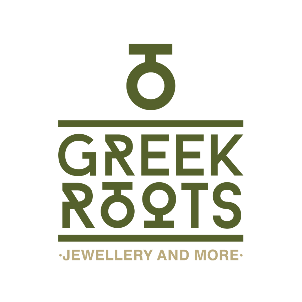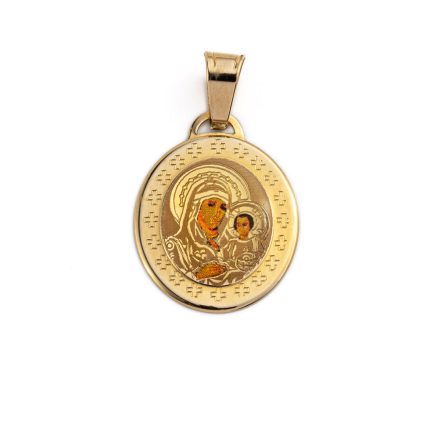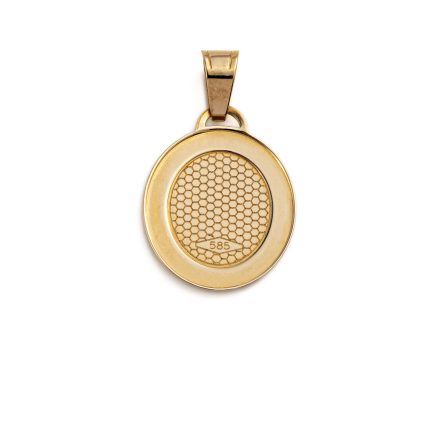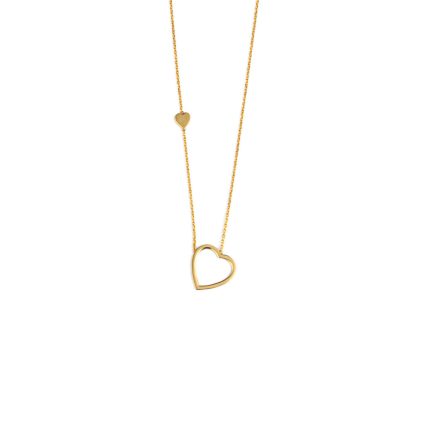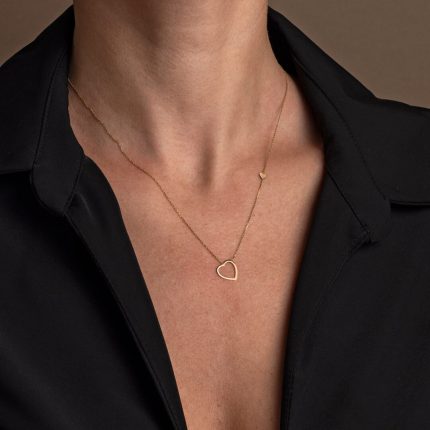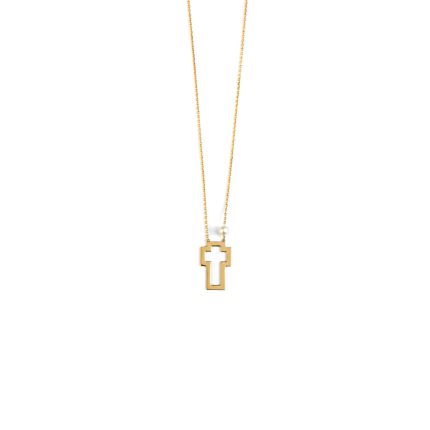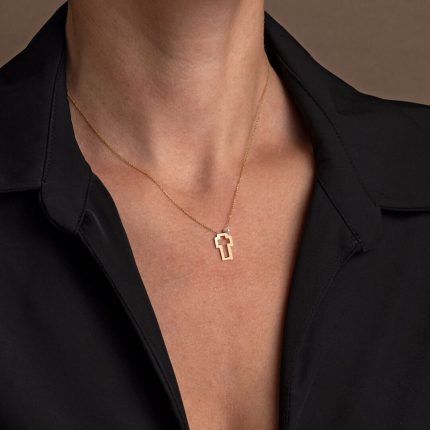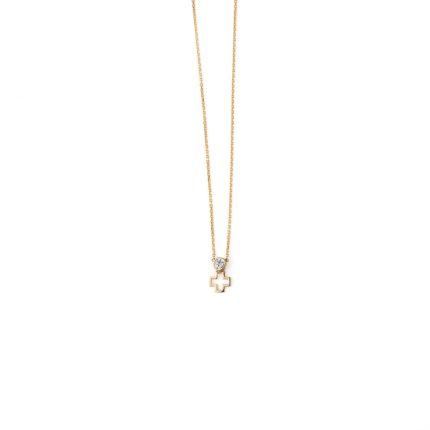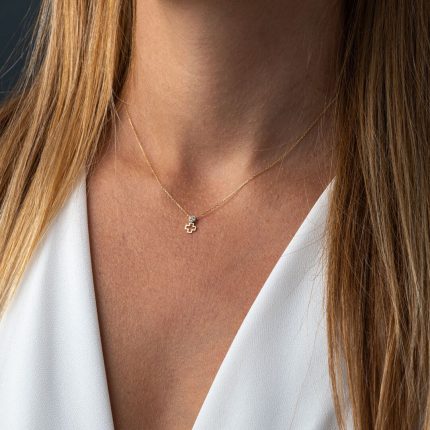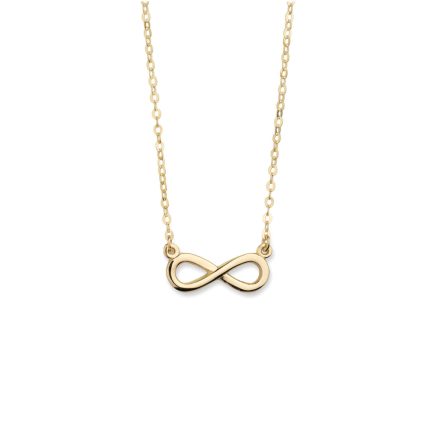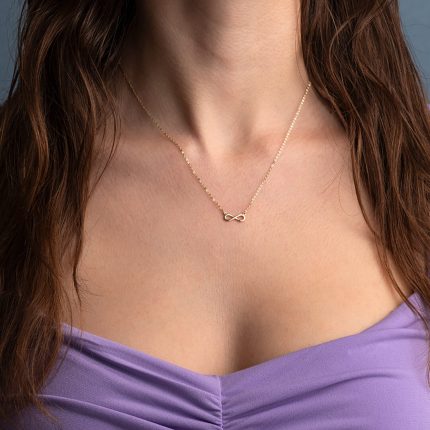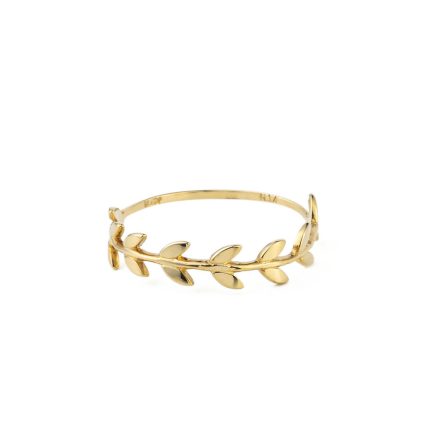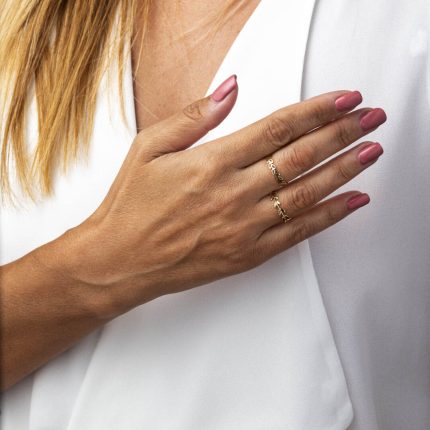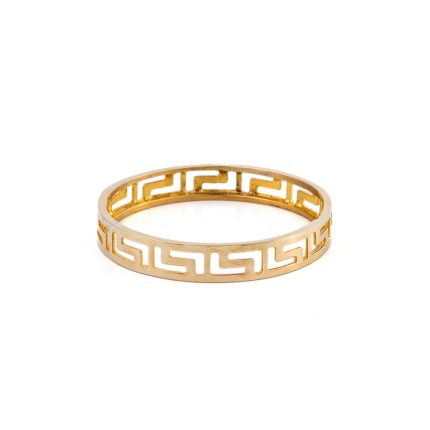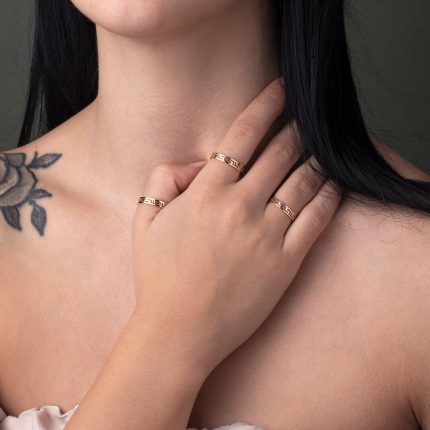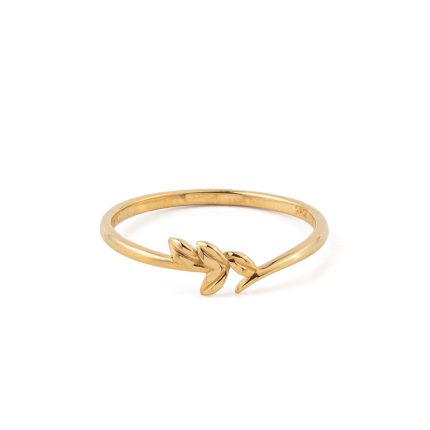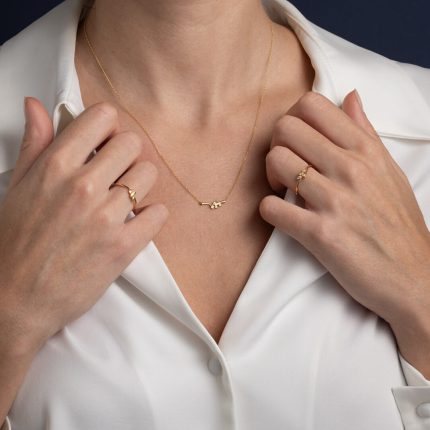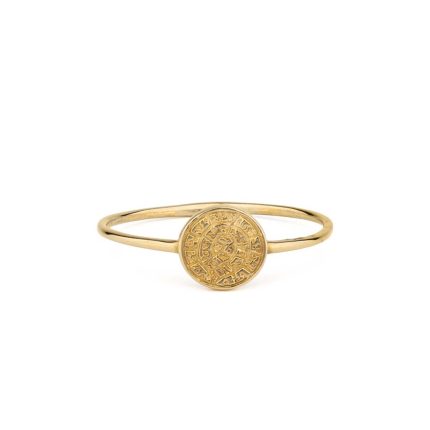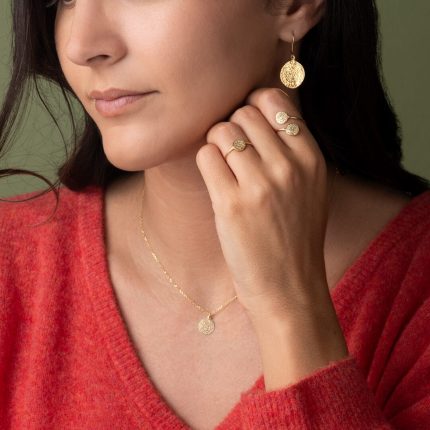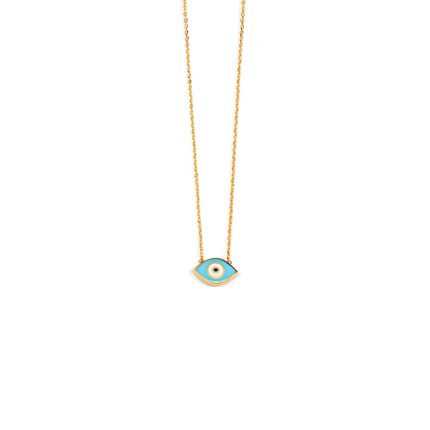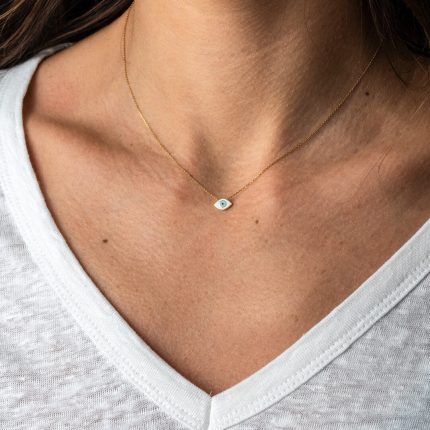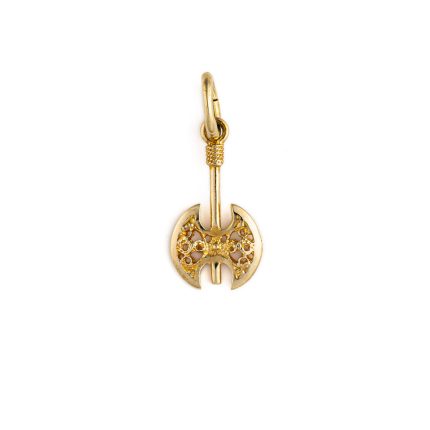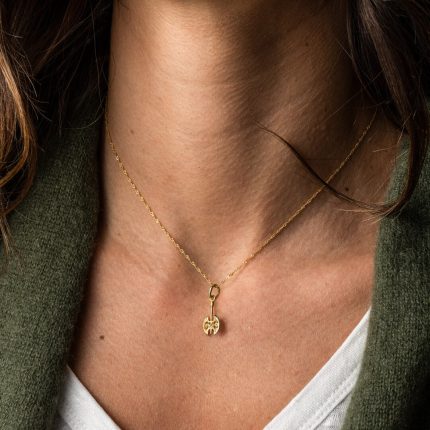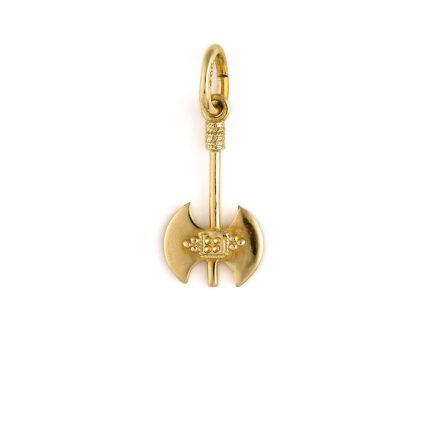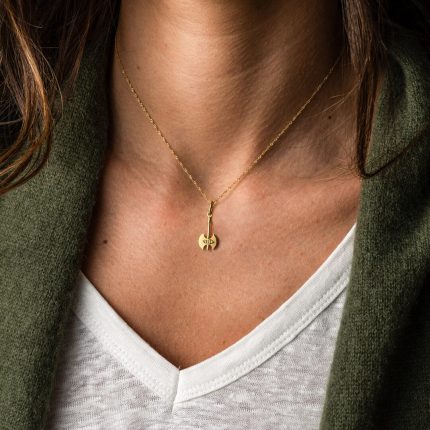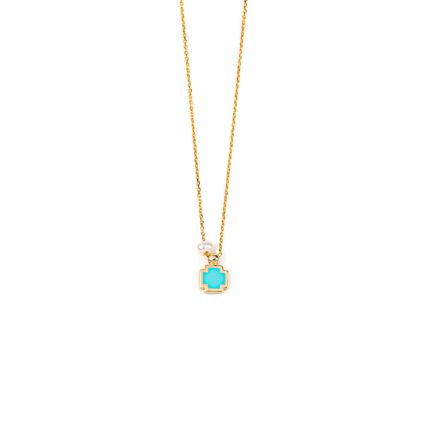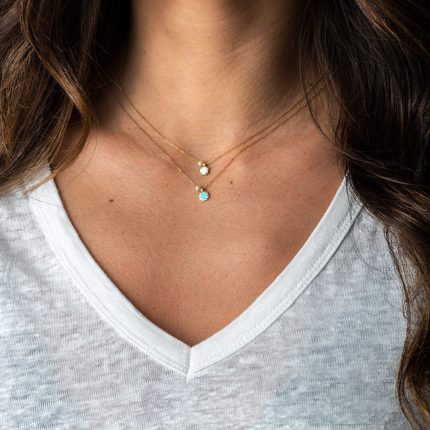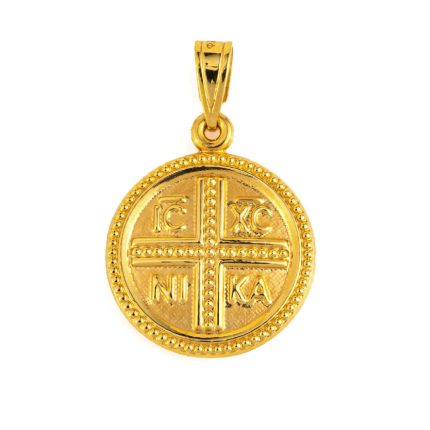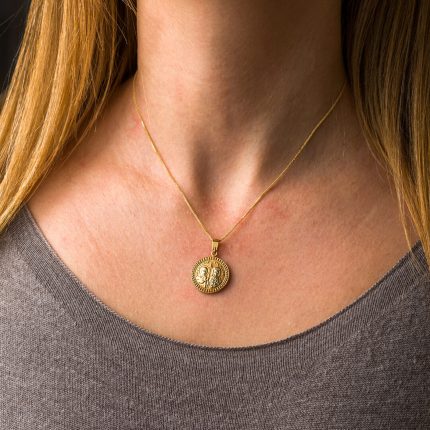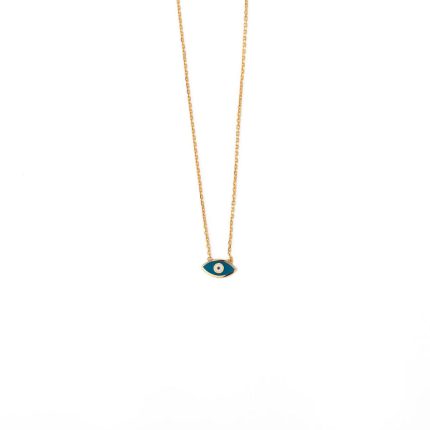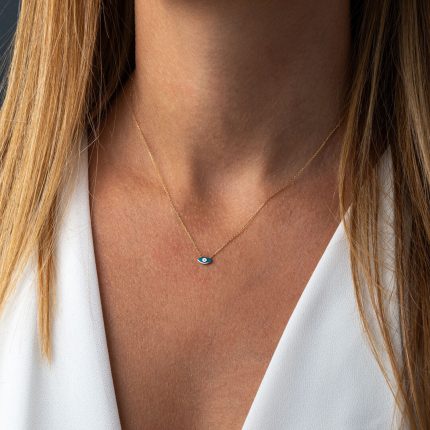Sort by
Material
- 14k gold and sterling silver (118)
- 18k gold and sterling silver (50)
- 18k gold plating (38)
- 935 silver (861)
- 9k gold and sterling silver (1)
- brass (1)
- bronze (61)
- Carbon polymide pa12 (8)
- enamel (117)
- gold plated (917)
- leather (56)
- rose gold plated (8)
- stainless steel (9)
- sterling silver 925 (1915)
- sterling silver and gold plated (3)
- wood (21)
Design
- Bouzouki (2)
- Constantinato (19)
- Egg (12)
- Greek Temples (3)
- Minoan (9)
- Snake (4)
- Spartan (4)
- Tsarouchi (1)
- Wisdom Owl (9)
Coin
- Alexander the Great (4)
- Goddess Athena (19)
- Hercules (1)
- Pegasus (1)
Stone
- amazonite (2)
- aquamarine (1)
- crystals (1)
- diamond (1)
- emerald (18)
- fildisi (4)
- lapis lazuli (1)
- mother of pearl (3)
- multi stone (8)
- opal (4)
- pearl (8)
- ruby (21)
- sapphire (21)
- swarovski (1)
- turquoise (8)
- zircon (79)
Filter by price
Stock status
Leaf Ring – 14K Yellow Gold
248,00€Greek Key Gold Band Ring
248,00€Phaistos Disc Ring – 14k Gold
248,00€Minoan Axe Pendant
249,00€ – 375,00€Price range: 249,00€ through 375,00€Minoan Double Axe Pendant – 14K Yellow Gold
249,00€ – 398,00€Price range: 249,00€ through 398,00€Constantinato Cross Pendant in 14K Yellow Gold
249,00€ – 825,00€Price range: 249,00€ through 825,00€-15%
-15%
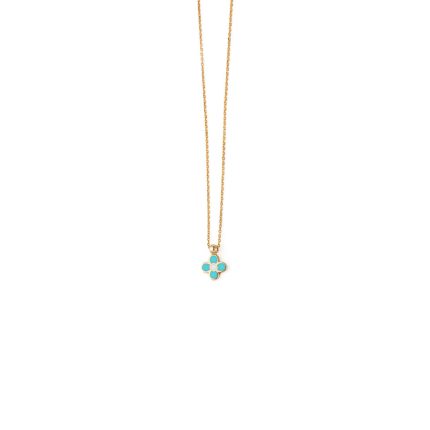

Select options
This product has multiple variants. The options may be chosen on the product page
